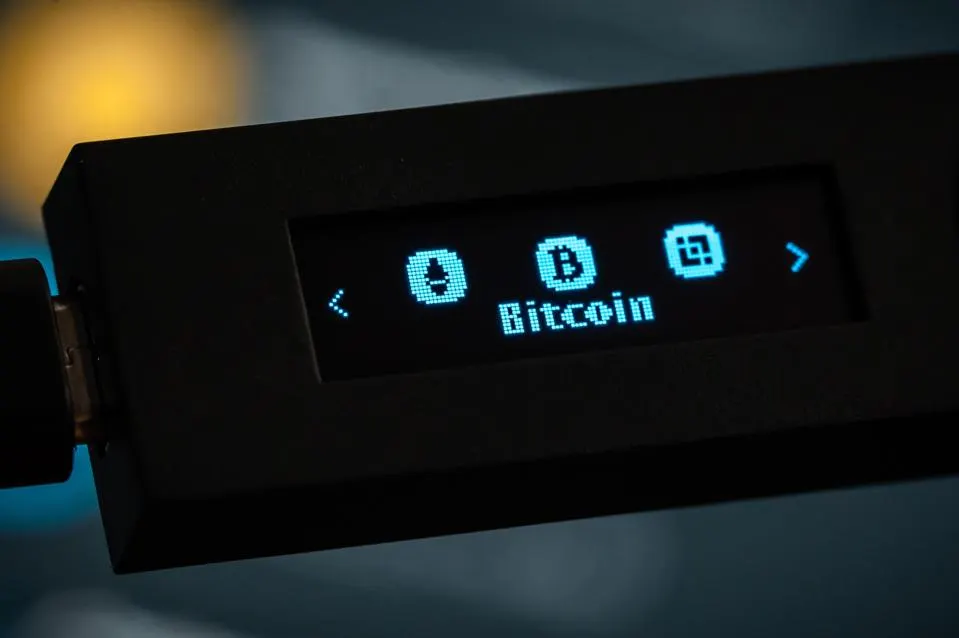As global instability intensifies, a growing number of crypto investors who self-custody their bitcoin may be underestimating the real-world dangers threatening their digital wealth.
Self-custody—a popular choice among bitcoin purists—typically involves storing private keys on offline “cold” hardware wallets or recording seed phrases on paper or metal plates. While this approach avoids reliance on crypto exchanges and custodians, it introduces a new class of risks—ones tied to real-world catastrophes.
From the wildfires in California to conflicts across the Middle East and Eastern Europe, real-life events are proving that storing crypto like gold bars in a personal vault isn’t without serious vulnerabilities. Social media reports following the California fires this year revealed scorched metal seed plates, lost cold wallets, and ruined safety deposit boxes, raising alarms about the durability of popular self-custody setups.
Self-Custody vs. Convenience: A Risky Trade-Off
Crypto wallets fall into two main categories: hot and cold. Hot wallets, such as those offered by Coinbase or Blockchain.com, are internet-connected and provide users with fast access to their funds—but they are prime targets for hackers. Cold storage, including hardware wallets and written seed phrases, offer offline security, but as recent disasters show, they’re not immune to physical destruction.
Nick Neuman, CEO of self-custody firm Casa, says many investors make the mistake of securing their bitcoin with a single private key. “If that key is lost, damaged, or destroyed, so is your bitcoin,” he warned. Neuman also pointed out that even so-called “indestructible” metal plates used to store seed phrases have shown weaknesses under extreme conditions. “After the California fires, it’s highly likely some investors lost their bitcoin,” he said.
Rethinking Security: The Rise of Multi-Signature Vaults
To counter the growing threat of single-point failure, platforms like Casa offer multi-signature vaults. This setup uses multiple keys—spread across devices, locations, or even continents—to access crypto. Only a subset of these keys is required to initiate transactions, making it far more resilient against loss, theft, or natural disasters.
“You can split your five keys across the country or internationally, and only need three to access your bitcoin,” Neuman explained. John Haar of Swan Bitcoin added that such redundancy significantly reduces the chance of total loss.
Big Players Step In: Balancing Security and Usability
Companies like Coinbase and Block (formerly Square) are stepping in with hybrid solutions that blend convenience with higher-grade security. Coinbase Vault, for instance, includes time delays and approval steps, while Block’s Bitkey uses a mobile interface paired with hardware authentication and built-in recovery tools. Bitkey also recently introduced an inheritance feature, solving one of crypto’s most overlooked issues: how to access funds when the original owner passes away.
Traditional legal processes, like probate court, are needed to access crypto held by Coinbase. In contrast, self-custody wallets without inheritance plans risk locking assets forever—something Bitkey aims to prevent with its new digital estate solutions.
From Wildfires to Warzones: The New Custody Reality
Beyond wildfires, the Russia-Ukraine war and rising tensions in the Middle East are prompting many investors to reassess their custody strategies. Physical security is no longer a given, and geopolitical uncertainty is reshaping how long-term crypto holders protect their assets.
Jordan Baltazor of Fortress Trust encourages investors to think about digital assets the same way they treat personal data: with diversification, redundancy, and cloud-based backups. “Crypto storage should evolve as threats evolve,” he said.
The Bottom Line: Proactive Protection is Key
The crypto community tends to act reactively—only moving to secure funds after disaster strikes. Neuman believes that mindset needs to change. “Every time an exchange collapses or a disaster hits, we see a surge in demand for secure storage,” he said. “But by then, for some, it’s already too late.”
For anyone holding a meaningful amount of bitcoin or other cryptocurrencies, now is the time to think long-term—before the next crisis puts digital wealth at risk.
















